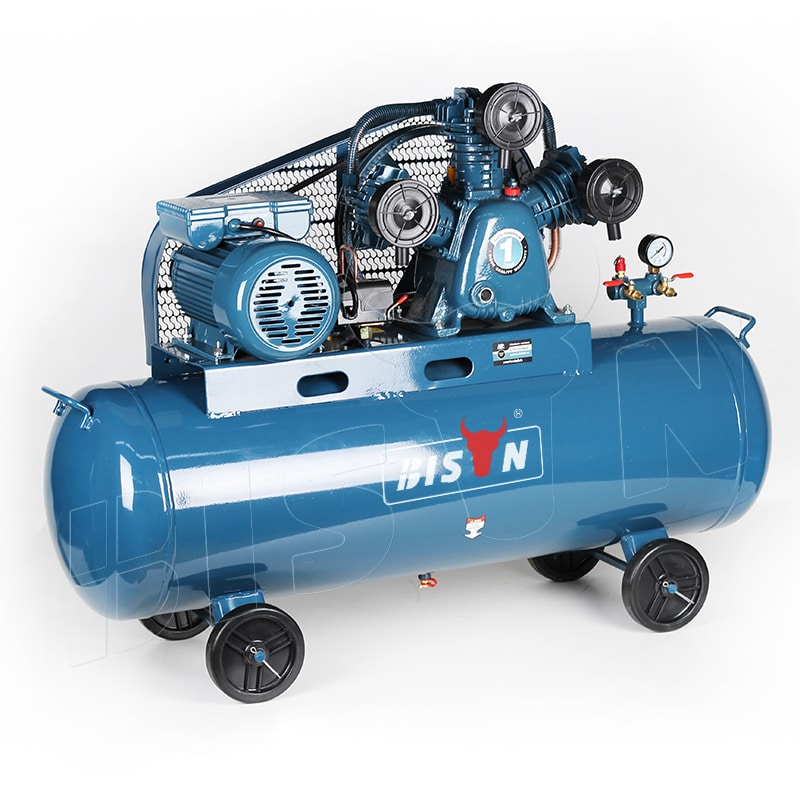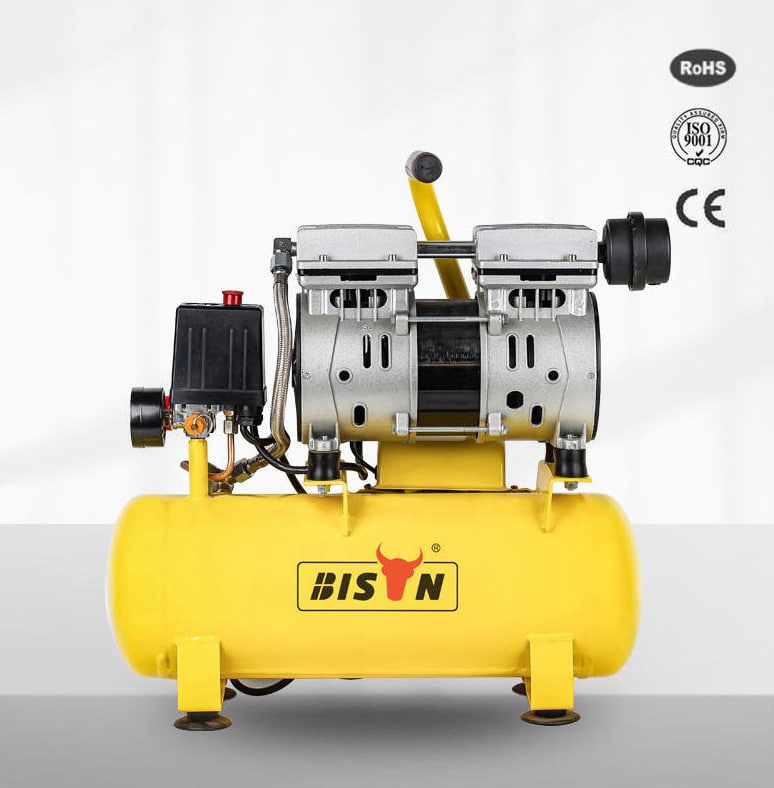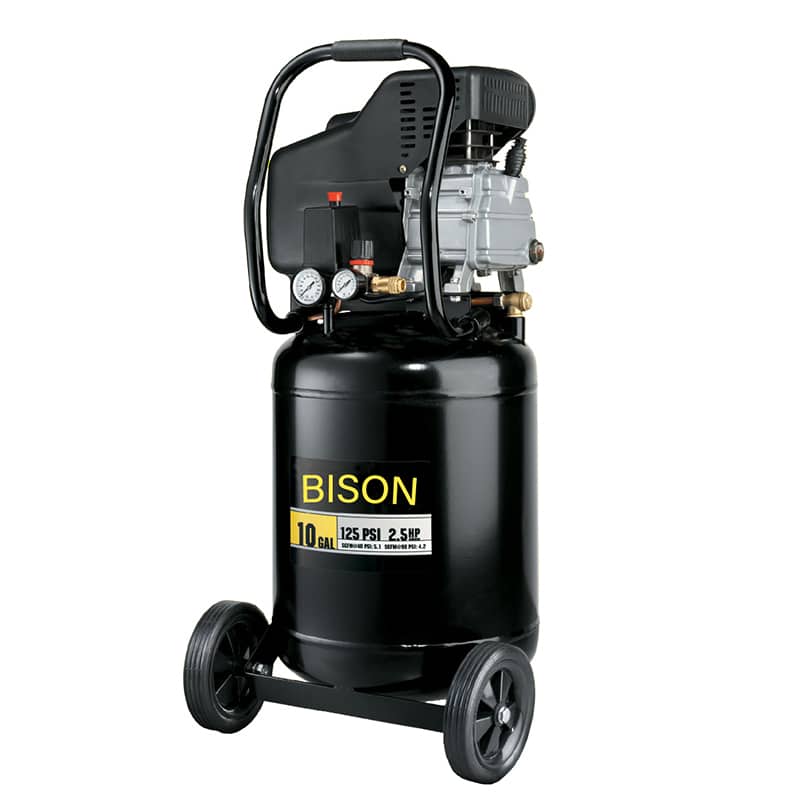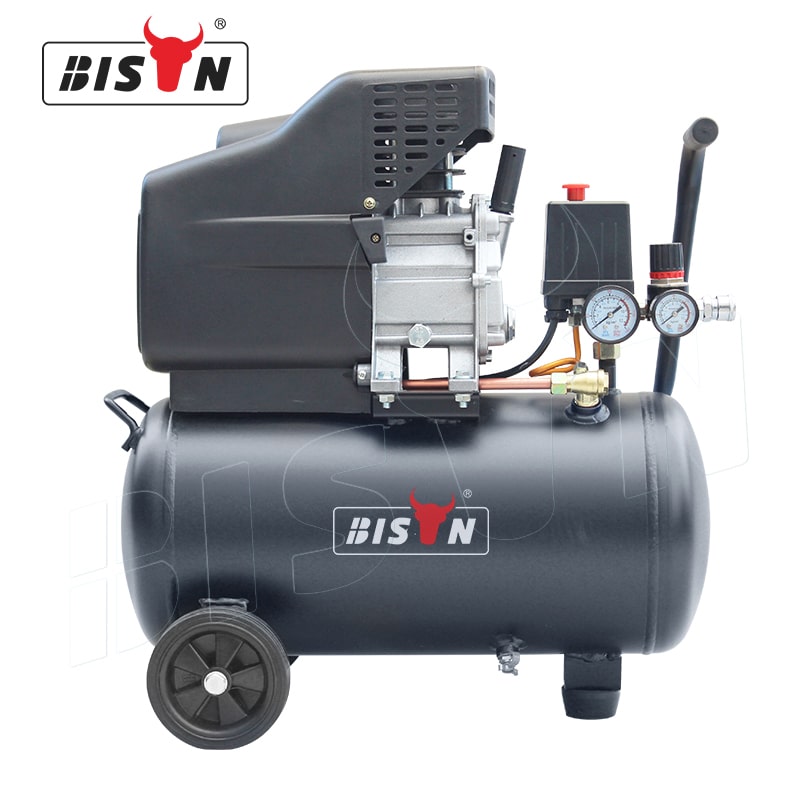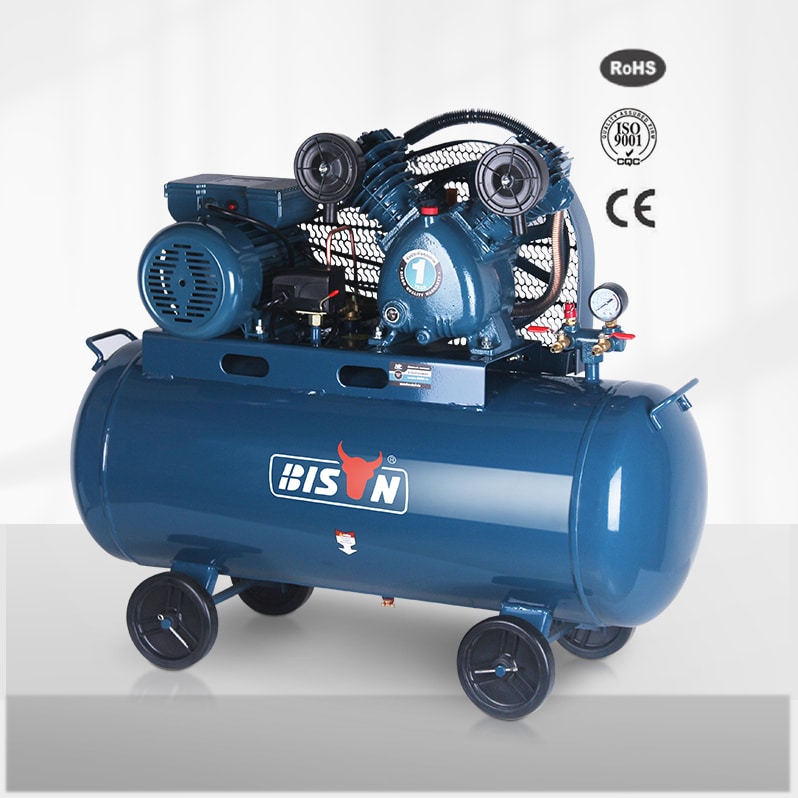air compressor blog
Air Compressor CFM: What You Need To Know
- May 5, 2023
Assembling an effective, efficient compressed air system to power your entire plant or facility starts with understanding and keeping tabs on your air compressor’s key performance indicators. A key air compressor performance metric is CFM. Not only do you need to know CFM to choose the suitable compressor for your application, but knowing the CFM your air compressor requires is critical to keeping your entire compressed air system up and running.
Here’s a basic introduction to what air compressor CFM is, what it means, and how to determine how much CFM your air compressor needs.
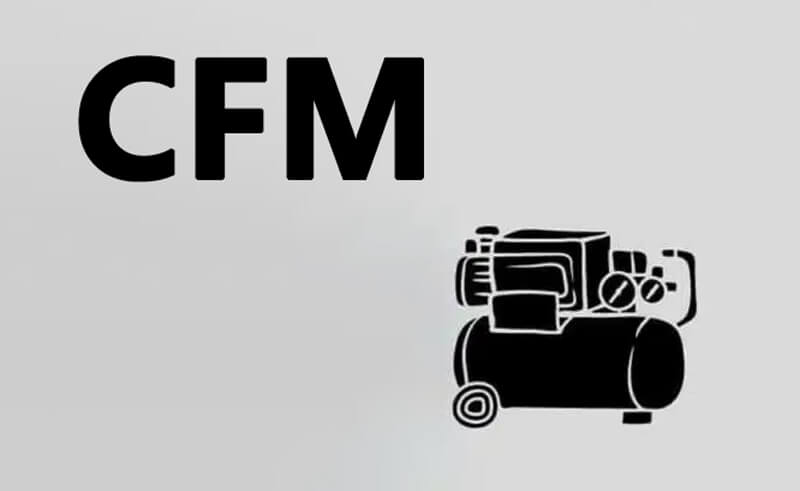
What is an air compressor CFM?
CFM stands for cubic feet per minute. For air compressors, CFM is a measure of the machine’s output — it tells you how much air the compressor can produce at a given pressure level. CFM is an important indicator of performance. The more CFM your air compressor can handle, the greater its output.
Remember that your air compressor’s CFM is related to its PSI (pounds per square inch). The CFM of an air compressor is measured at a specific PSI. If the pressure goes up or down, your CFM changes too.
How to calculate the correct CFM or airflow for an air compressor?
There is more to consider than simply matching the CFM and PSI of your tool to your air compressor. Whether you use air receivers, screw air compressors, or reciprocating air compressors, the details of your application will also affect your CFM and PSI needs. For example, small air tools typically require 5 CFM at 4.8-6.2 bar. On the other hand, larger units need more than 10 CFM at 6.9-8.2 bar. Keep in mind that when you have multiple applications with different airflow requirements, you should add up their individual requirements and consider the total usage to be 40-50% higher than the number you get. This ensures that the air compressor is only sometimes running at full capacity.
airflow required for some air compressor applications:
Drilling machines
While commonly used air power drills can only penetrate softer surfaces such as wood or fiberglass, air compressor-based pneumatic tools can also penetrate hard materials such as rock and metal. For this application, compressed air-powered drills, require 3-6 CFM at 6.2 bar.
Chisels
An air chisel is a hand-held pneumatic tool with a narrow, flat edge. It is used for cutting wood and stone for construction and home improvement applications. Typically, an air chisel requires 3-11 CFM at 6.2 bar.
Angle grinders
Air compressor-driven angle grinders are used in auto repair and metalworking for grinding, polishing and cutting. A primary 7-inch portable angle grinder requires 5-8 CFM at 6.2 bar for most applications.
Cutting tools
In the construction and maintenance of vehicles, industrial applications and works of art, cutting tools require considerable power to cut sheet metal. An air compressor between 4-10 CFM at 6.3 bar can power the cutting tools effectively.
Riveting
As permanent fasteners, rivets are still used in many mechanical applications, such as aircraft structures, requiring robust and reliable fastening with minimal weight. Air riveting tools are also commonly used in construction work – often to install corrugated metal roofs. 4 CFM at 6.2 bar is their standard requirement.
Shearing equipment
Air shears are suitable for heavy metal cutting that cannot be done with nibblers. They are used for trimming, cutting and outlining sheet metal for handicrafts and industrial work. An 8-16 CFM air compressor at 6.2 bar can power this shearing device.
Painting tools
One of the most valuable pieces of pneumatic equipment is the spray gun, which prevents air bubbles, spots, and other inconsistencies when painting vehicle, wall, and furniture surfaces. Airbrushes also keep the colors flowing without any moisture and dirt. Typically, these devices require an air compressor rated between 3-11.3 CFM at 6.2 bar.
| Air Power Tool | CFM Requirement (approx.) |
|---|---|
| Airbrush, Brad Nailer, Grease Gun, Tire Inflator | 0.5-4 CFM |
| Drill, Framing Nailer, Reciprocating Saw | 3-6 CFM |
| Angle Grinder, Die Grinder, Impact Wrench (1/2-inch), Orbital Sander, Random Orbital Sander | 4-9 CFM |
| Air Hammer, Chisel/Hammer, Rotary Hammer | 5-11 CFM |
| Impact Wrench (1-inch), Paint Spray Gun, Sand Blaster | 6-50 CFM |
How to measure the CFM of an air compressor?
You can find the CFM value of your air compressor using these simple steps:
- Find the volume of your air compressor tank in gallons. Most manufacturers specify this on the product.
- Divide this value by 7.48. This value will be your tank volume.
- Release the air from the compressor.
- Next refill the air compressor with air, and record the time it takes to refill the tank while also watching the gauge. Record the PSI when the compressor starts and stops. You can refer to the first PSI measurements as PSI 1 and PSI 2.
- Now subtract PSI 1 from PSI 2 and divide the difference by 14.7. This value gives you the pressure (in atmospheres) in the compressor tank during refill.
- Divide the previously obtained tank volume by the compressor tank pressure when filling.
- Now convert this value to minutes by dividing it by the total number of seconds the compressor took to pump that air volume.
- Multiply this value by 60 to get the CFM of the air compressor.
Contact BISON for more information on air compressors for your business
At BISON, we carry a wide range of air compressors, and complete compressed air systems to meet the needs of many businesses and their applications. We’ve provided high quality service and custom solutions to companies worldwide. We have the expertise to guide you in purchasing the right compressed air machine and maintaining it carefully.
frequently asked questions about air compressor CFM
What is the relationship between CFM and PSI?
CFM is the "flow" or the ability of a compressor to continue performing a specific task over time. It represents the required flow rate and depends on the time needed to complete the job. If the flow is insufficient, the compressor needs to rest to rebuild the pressure in the tank.
PSI (pounds per square inch) is "pressure". It represents the ability of the compressor to perform a specified amount of work at any given point in time. The compressor must provide the necessary pressure or force to complete the process.
When it comes to compressing air, pressure provides power, and horsepower provides flow. Too little stress means work doesn't get done. Too much pressure can damage the device and cause unexpected failure.
Between CFM and PSI, these two measurements define whether a compressor can handle the needs of your equipment. Every piece of production equipment will have CFM (airflow) requirements. When figuring out how much your air compressor's output rate needs to be, you need to consider the requirements of each and also how often/when they will run. Another fact to consider is how many devices you will have running simultaneously.
What is SCFM in an air compressor?
Standard cubic feet per minute (SCFM) is the gas or air flow rate through a compressor at average temperature and pressure conditions. The normal temperature range for calculating SCFM flow is 60°F to 68°F, with a pressure of 14.7 psi and a relative humidity of 36%. Since SCFM measures volumetric airflow under standard conditions, it will always be more than the CFM value of an air compressor.
What is the difference between SCFM and CFM?
Both SCFM and CFM are fundamental values that represent the airflow rate in a compressor. SCFM measures this value based on ideal pressure and temperature conditions, while CFM measures "real" airflow. CFM is a value recognized in the United States to measure air velocity.
CFM measures the volume of gas or air that flows through any compressor in one minute. Sometimes there may be an error in the CFM rating of an air compressor provided by the manufacturer. Therefore, the best way to determine an air compressor's most accurate CFM value number is to test or check it in your facility.
What is the difference between CFM (FAD) and CFM (displacement)?
Knowing the "wattage" of each model can be tricky for the uninitiated or first-time purchaser of air compressors. On the one hand, many different terms and abbreviations are involved (HP, PSI, CFM, Lt/Min, etc.).
Two terms that you will often see applied to the operating capacity of an air compressor are CFM (displacement) and CFM (FAD). So, the inevitable question is: what are these terms, and what's the difference between CFM (displacement) and CFM (FAD)?
In simple terms, CFM stands for cubic feet per minute; it's the imperial (i.e. not metric) way of describing the volumetric flow rate of compressed air.
The CFM (displacement/theoretical) measurement refers only to the nominal capacity of the air compressor pump - in other words, the actual amount of air that the pump can displace (draw into the compressor) per minute. This number is based on the size of the pump cylinder and the speed at which the pump is running. CFM (capacity) should not indicate an air compressor's ability to run or power a particular air tool or its suitability for a specific task.
CFM (FAD/delivered) is a more helpful measurement when determining or calculating the power of an air compressor, i.e. its suitability for use with air tools etc. Again in cubic feet per minute, FAD stands for free air delivery, the amount of compressed air the air compressor displaces during compression.
CFM (FAD) is usually one-third smaller than CFM (displacement). In other words, the amount of compressed air delivered is about one-third less than the amount of air the air compressor can displace.
For example, if your compressor is 20 CFM (displacement), the actual CFM (FAD) is about 13 CFM.
Does a higher CFM mean a better compressor?
The higher the CFM of an air compressor, the more air it can displace at a given pressure level. A higher CFM can support larger heavy-duty applications. Still, it's essential to know that a higher CFM doesn't necessarily mean a better air compressor - it just means a bigger one.
While it's essential to pay attention to the CFM of your air compressor, you shouldn't just choose the compressor with the highest available CFM. Air compressors have a range of functions, and CFM is just one performance indicator. Instead, choose an air compressor whose output matches the needs of your application. This will help ensure you purchase the most efficient air compressor for your application and do not overspend on the air you will never use or under-pressurize your compressed air system, causing productivity issues.
If you have any enquiries about the BISON air compressor, we would love to hear from you.

